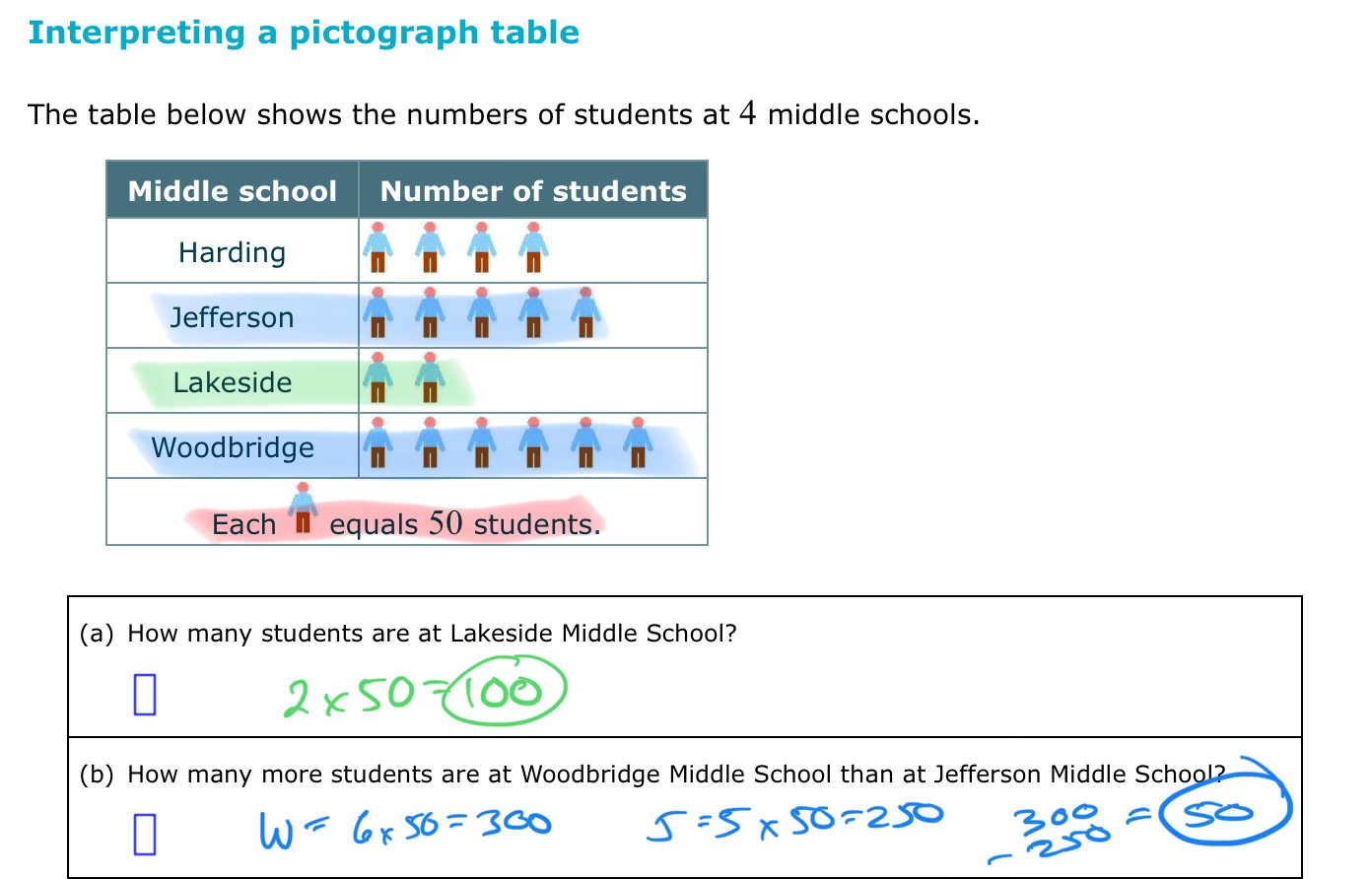Definitions:
Frequency: The number of times a value of the data occurs. Relative Frequency: The ratio of the number of times a value of the data occurs in the set of all outcomes to the number of all outcomes Histogram: A graphical representation in x – y form of the distribution of data in a data set; x represents the data and y represents the frequency, or relative frequency. The graph consists of contiguous rectangles. Class: categories which data is grouped. Interval: a range of data and is used when displaying large data sets.ALEKS Topics:
Topic 1: Interpreting a line graph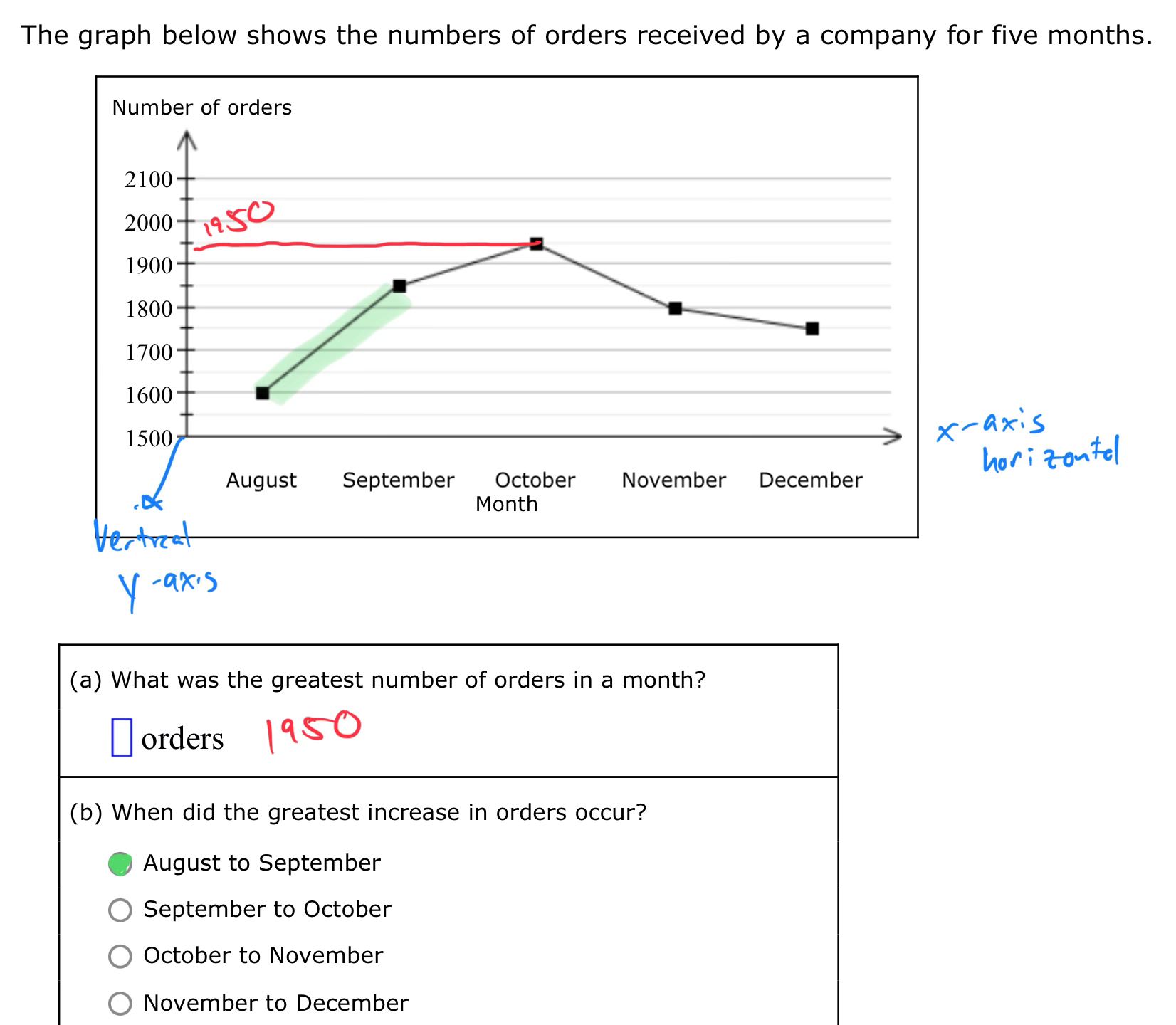 Topic 2: Interpreting a tally table
Topic 2: Interpreting a tally table
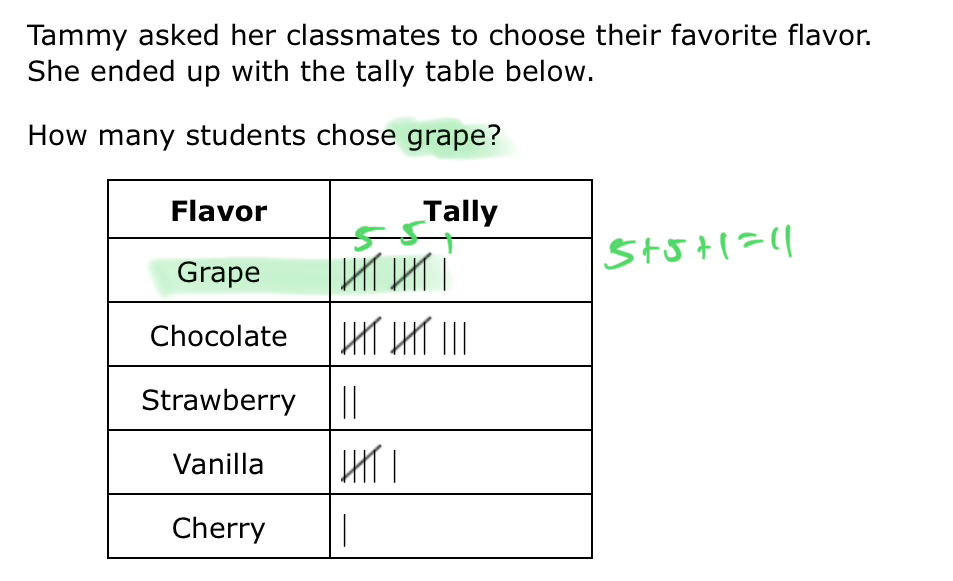 Topic 3: Interpreting a bar graph
Topic 3: Interpreting a bar graph
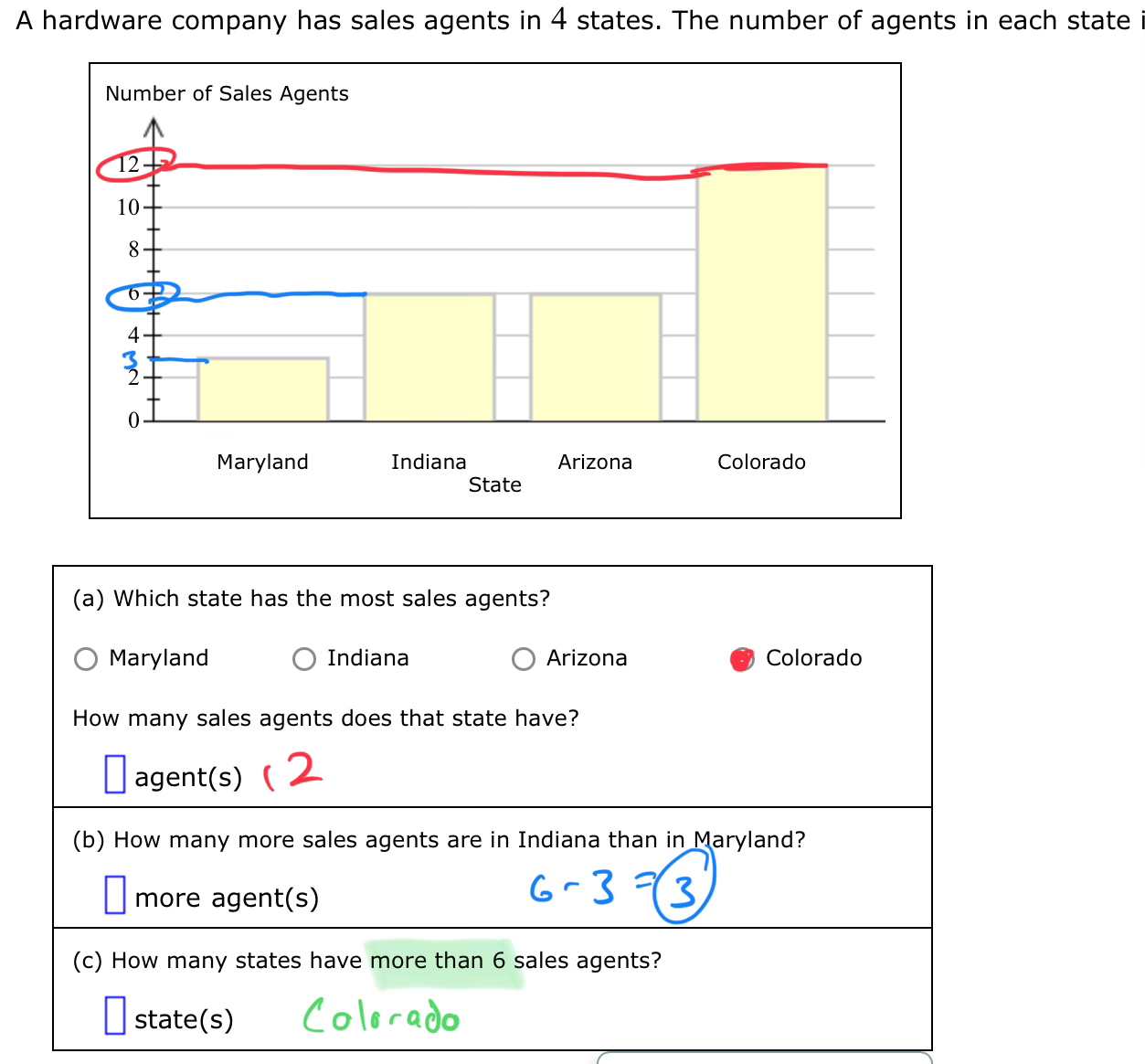 Topic 4: Interpreting a double bar graph
Topic 4: Interpreting a double bar graph
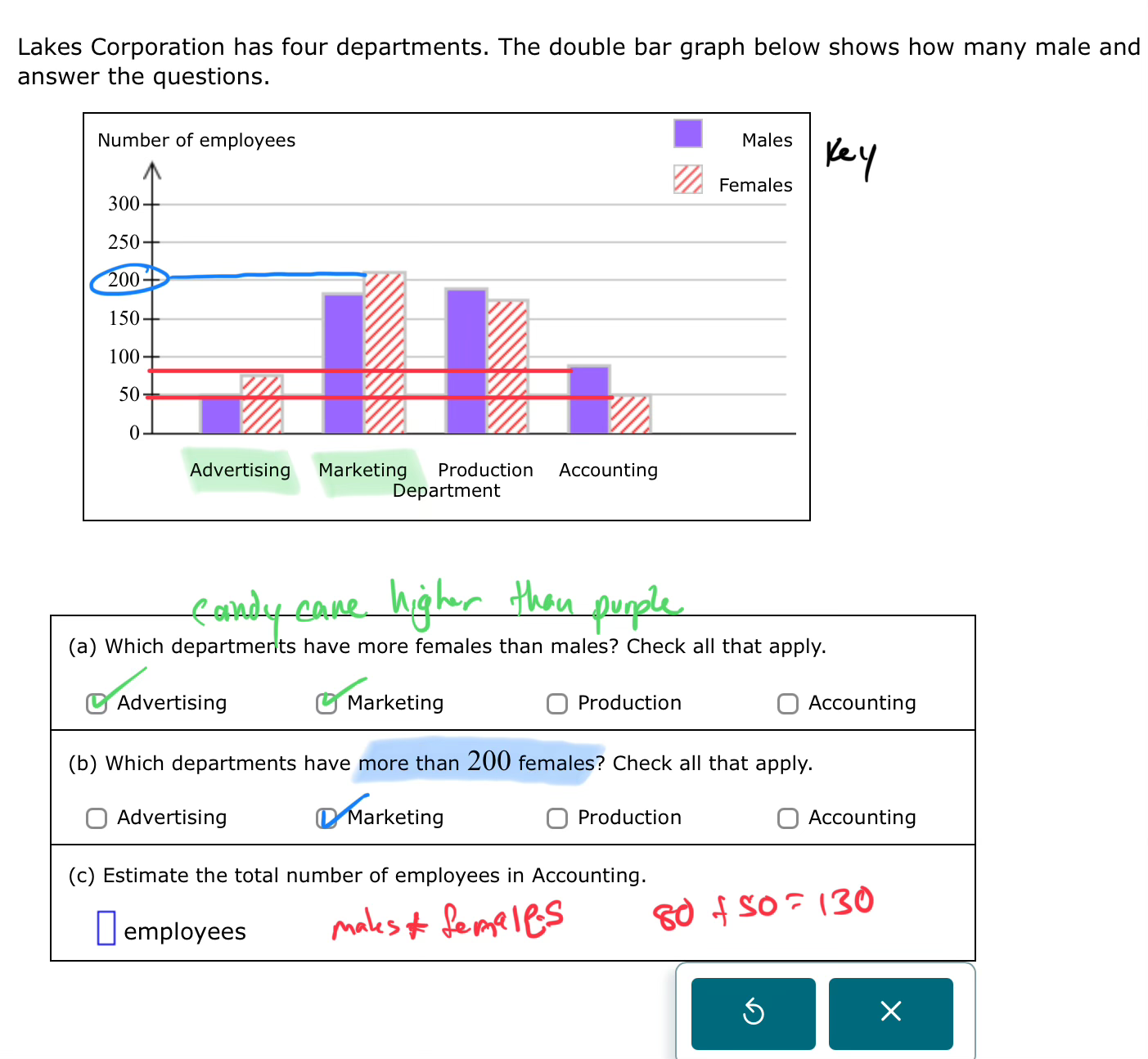 Topic 5: Finding a percentage of a total amount in a circle graph
Topic 5: Finding a percentage of a total amount in a circle graph
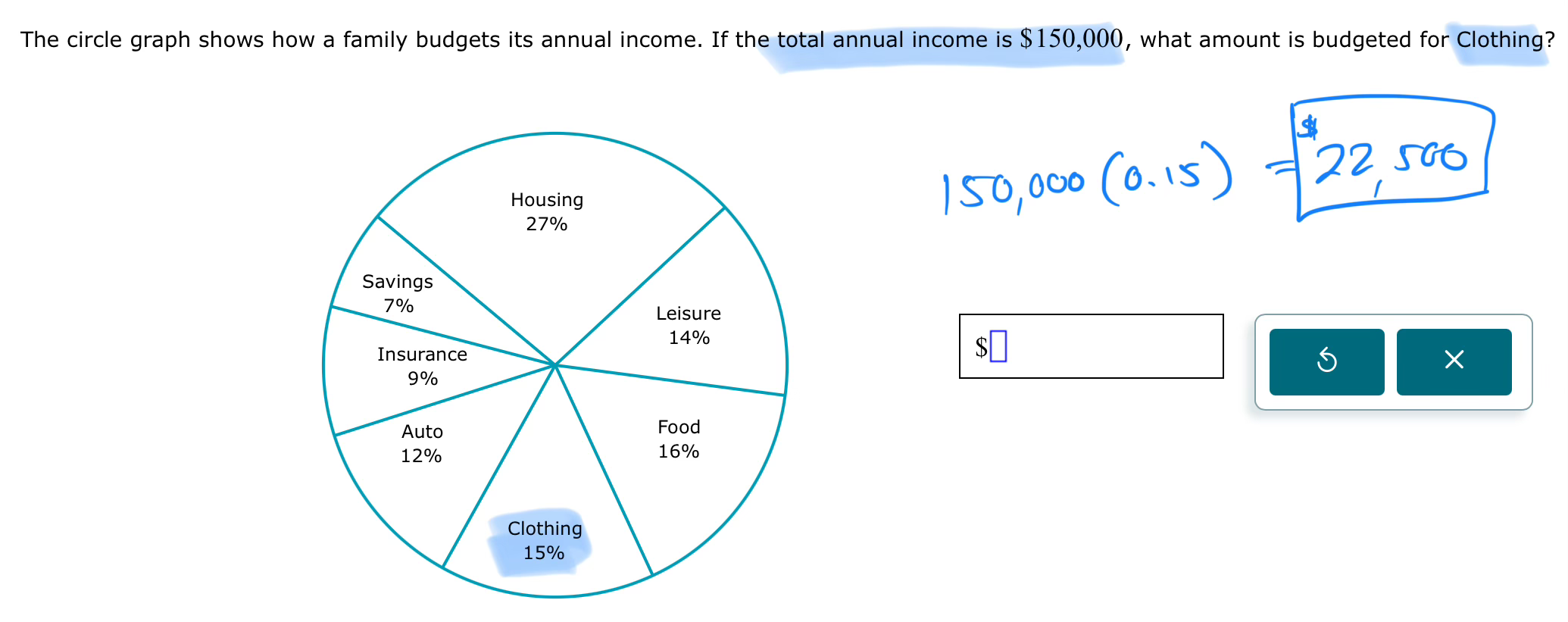 Topic 6: Interpreting relative frequency histograms
Topic 6: Interpreting relative frequency histograms
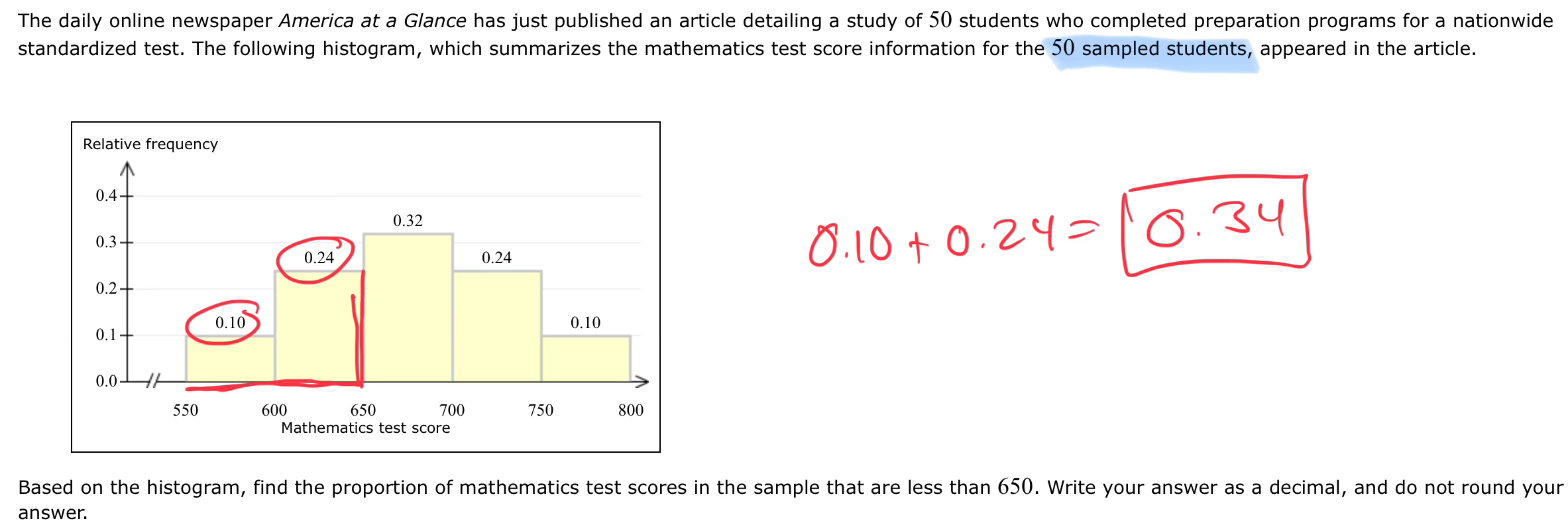
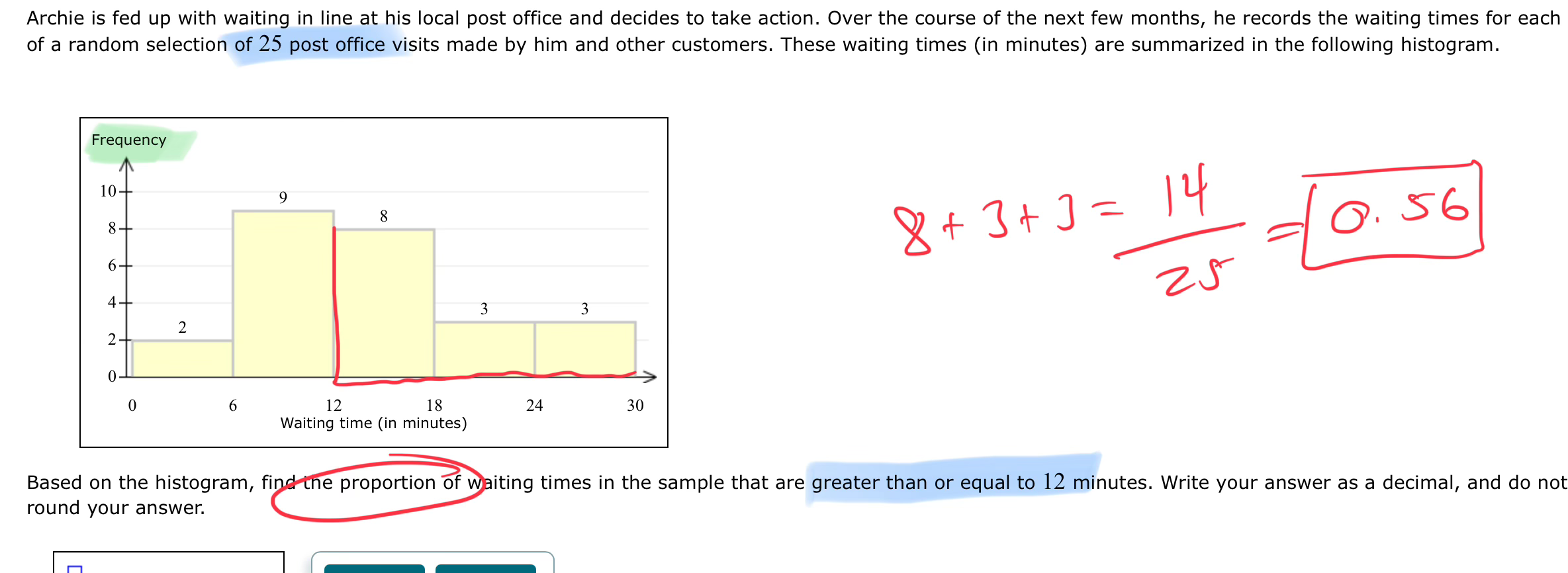 Topic 7: Shapes of discrete distributions
Topic 7: Shapes of discrete distributions
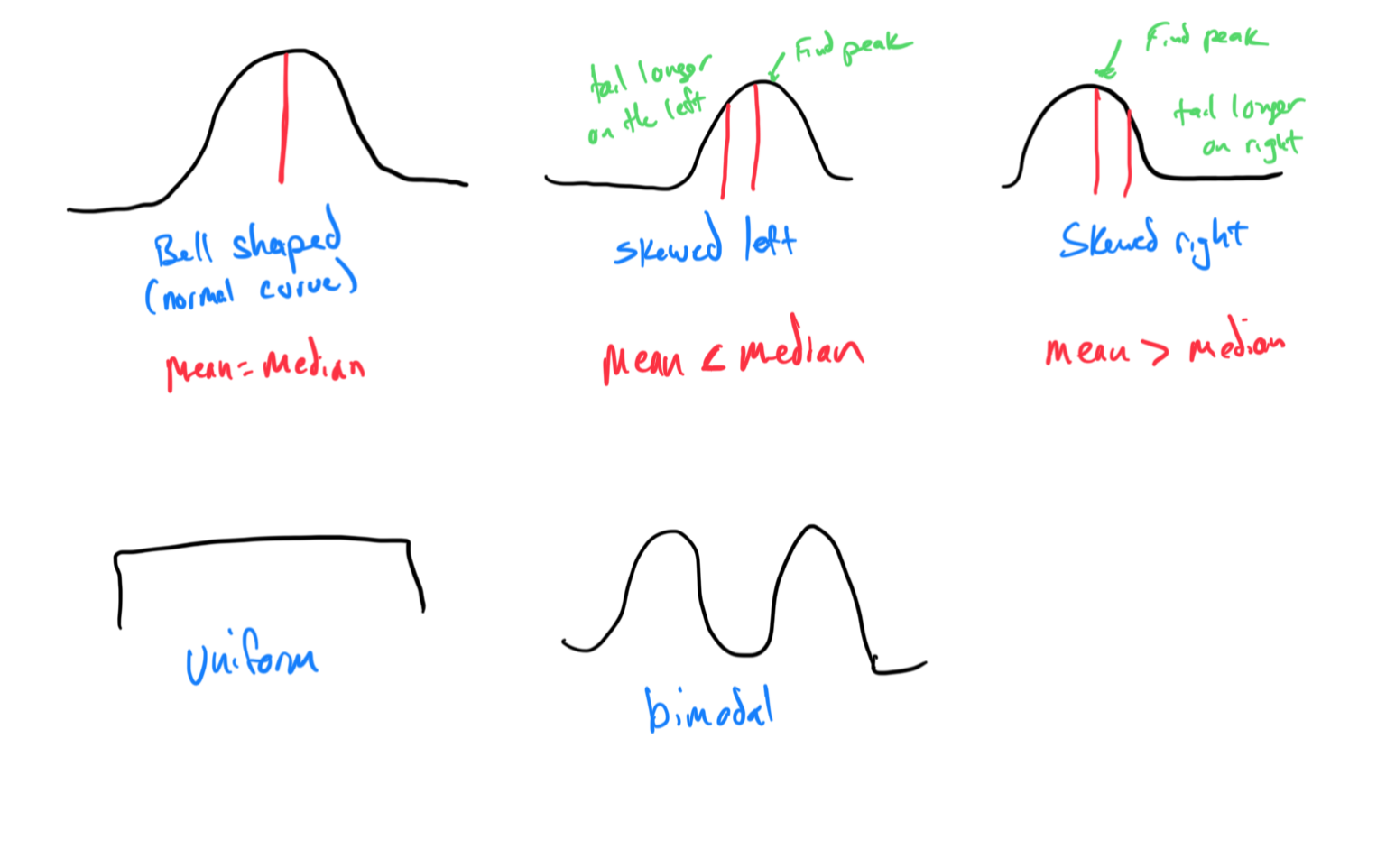
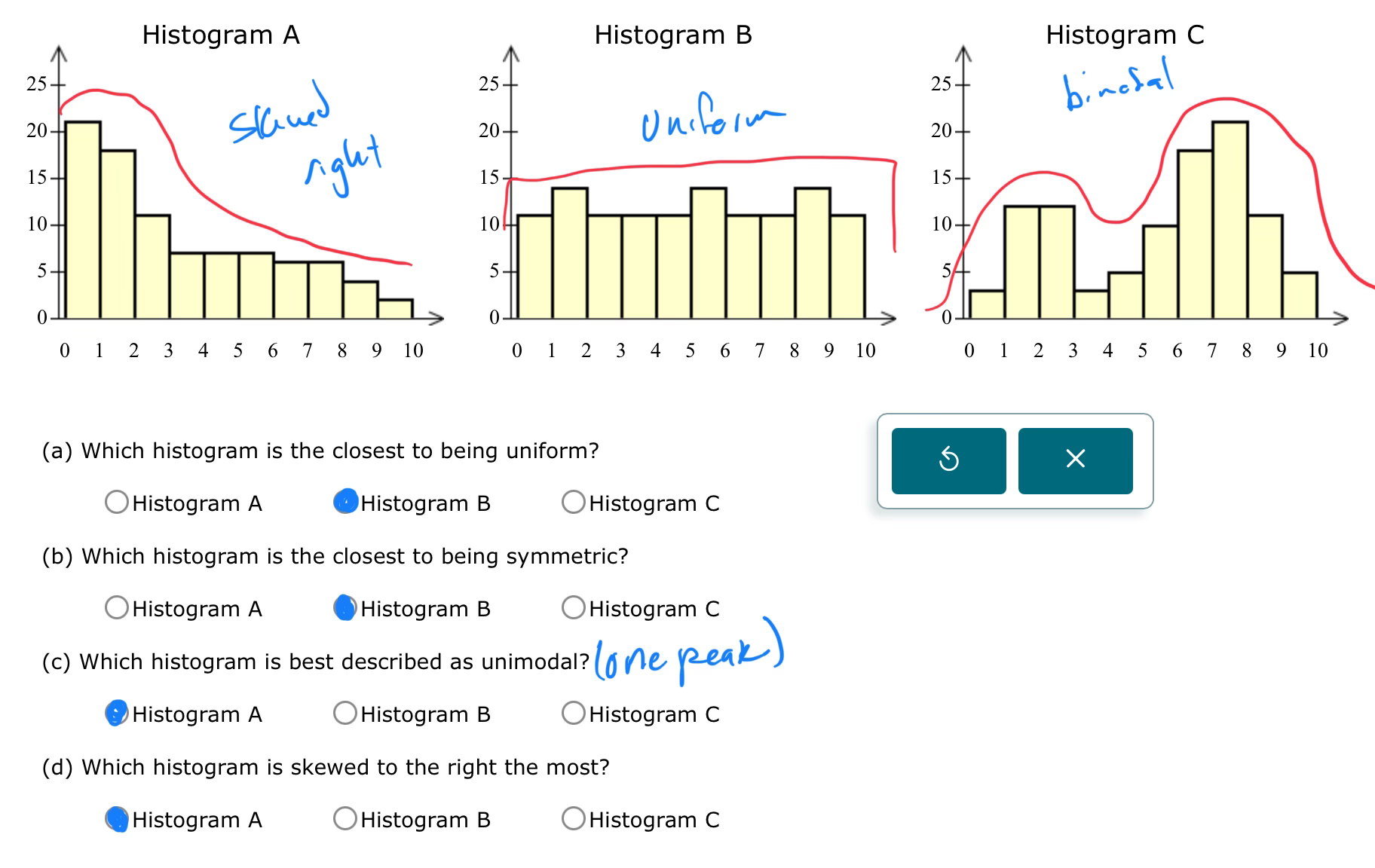
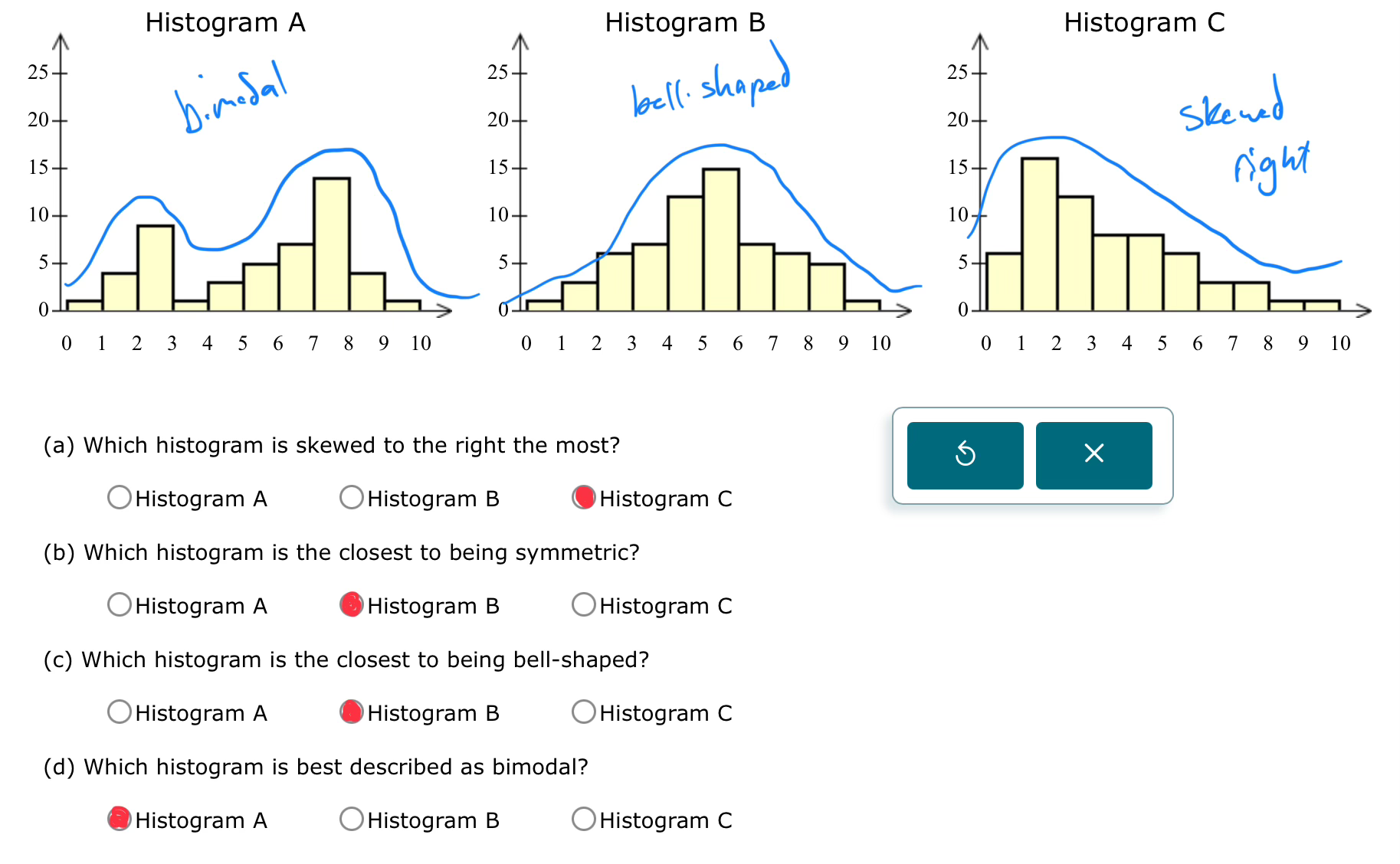 Topic 8: Interpreting a stem-and-leaf display
Topic 8: Interpreting a stem-and-leaf display
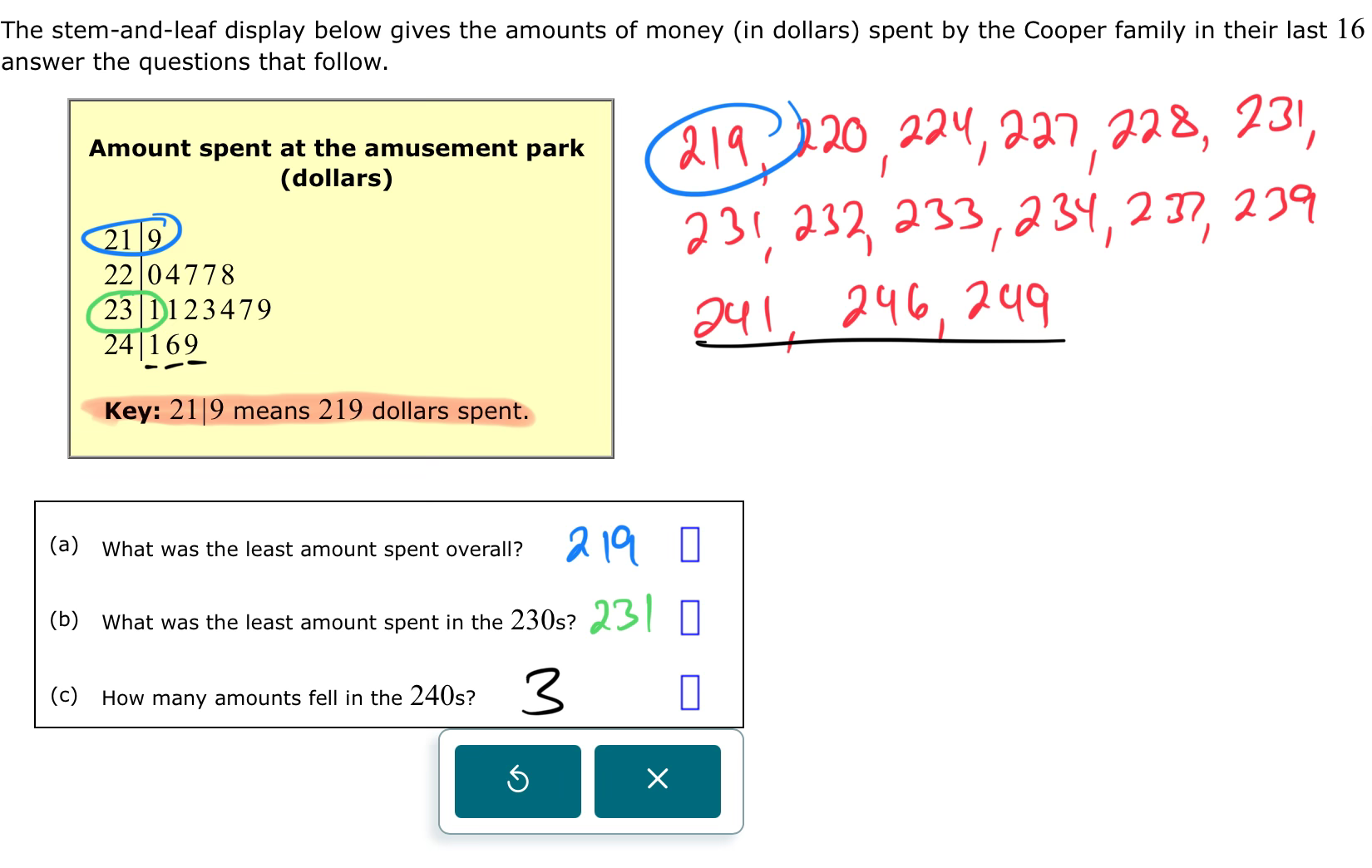 Topic 9: Understanding how adjusting the vertical scale can make a graph misleading
Topic 9: Understanding how adjusting the vertical scale can make a graph misleading
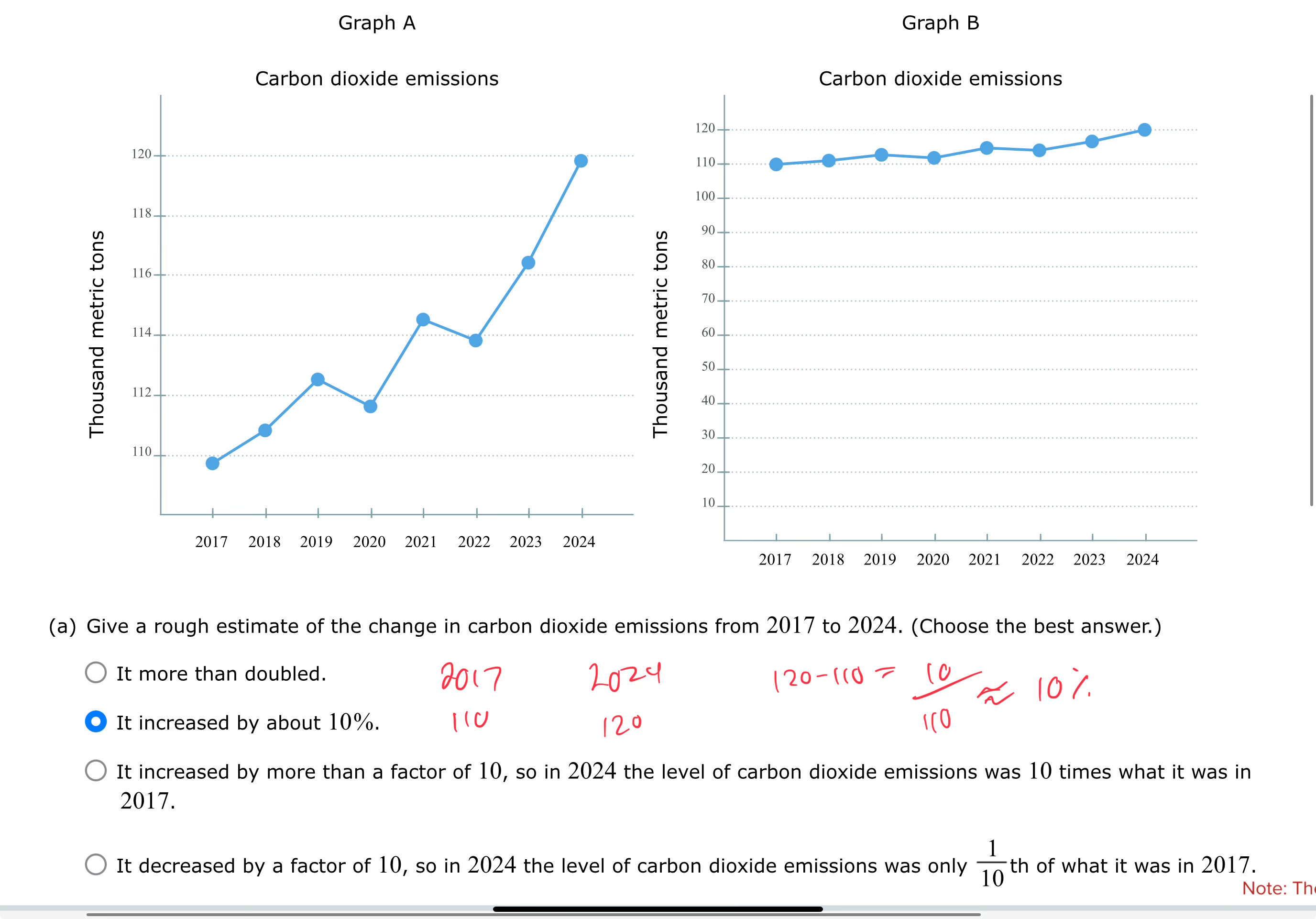
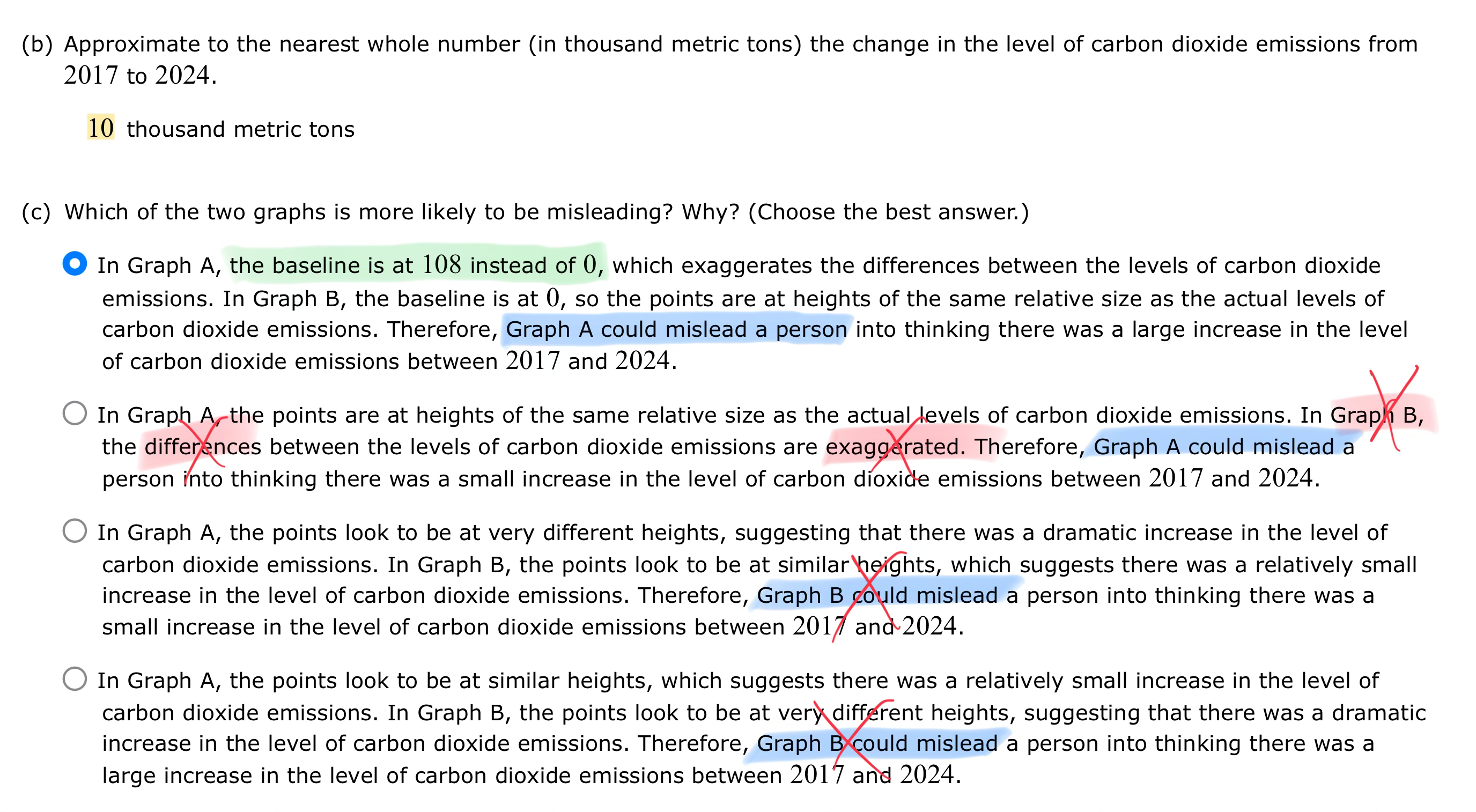 Topic 10: Understanding how two dimensional graphs can be misleading
Topic 10: Understanding how two dimensional graphs can be misleading
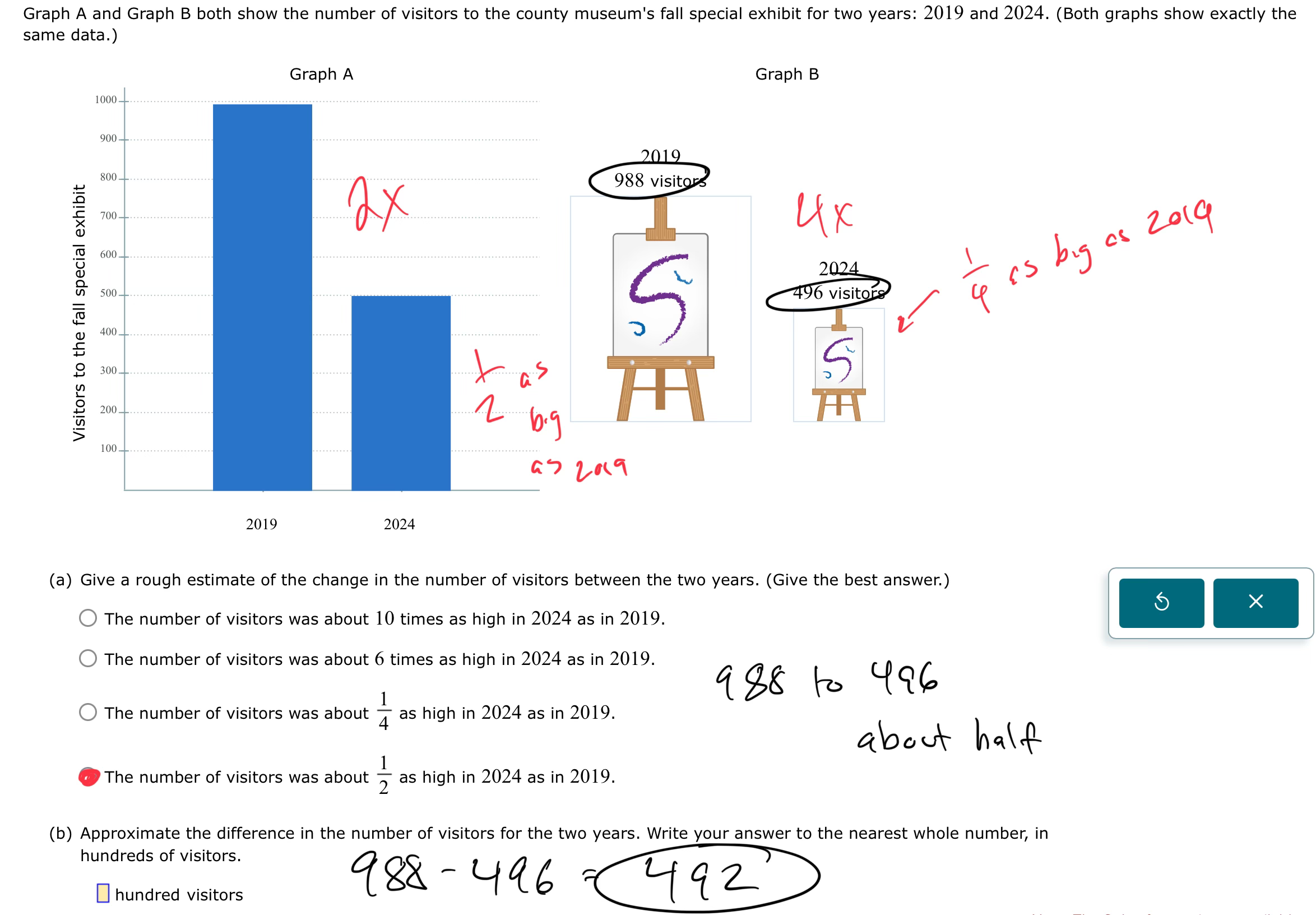 The answer is 5.
Because it says “hundred visitors”. “5 hundred visitors”
The answer is 5.
Because it says “hundred visitors”. “5 hundred visitors”
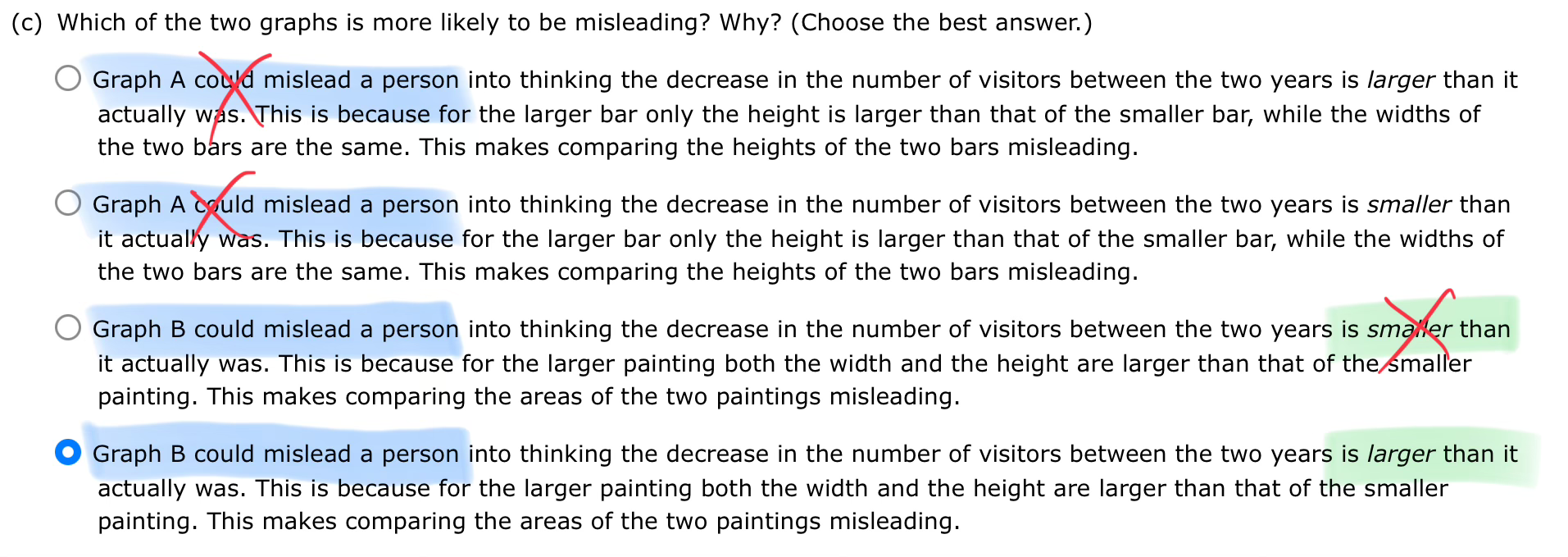 Topic 11: Constructing a two-way frequency table: Advanced
Topic 11: Constructing a two-way frequency table: Advanced
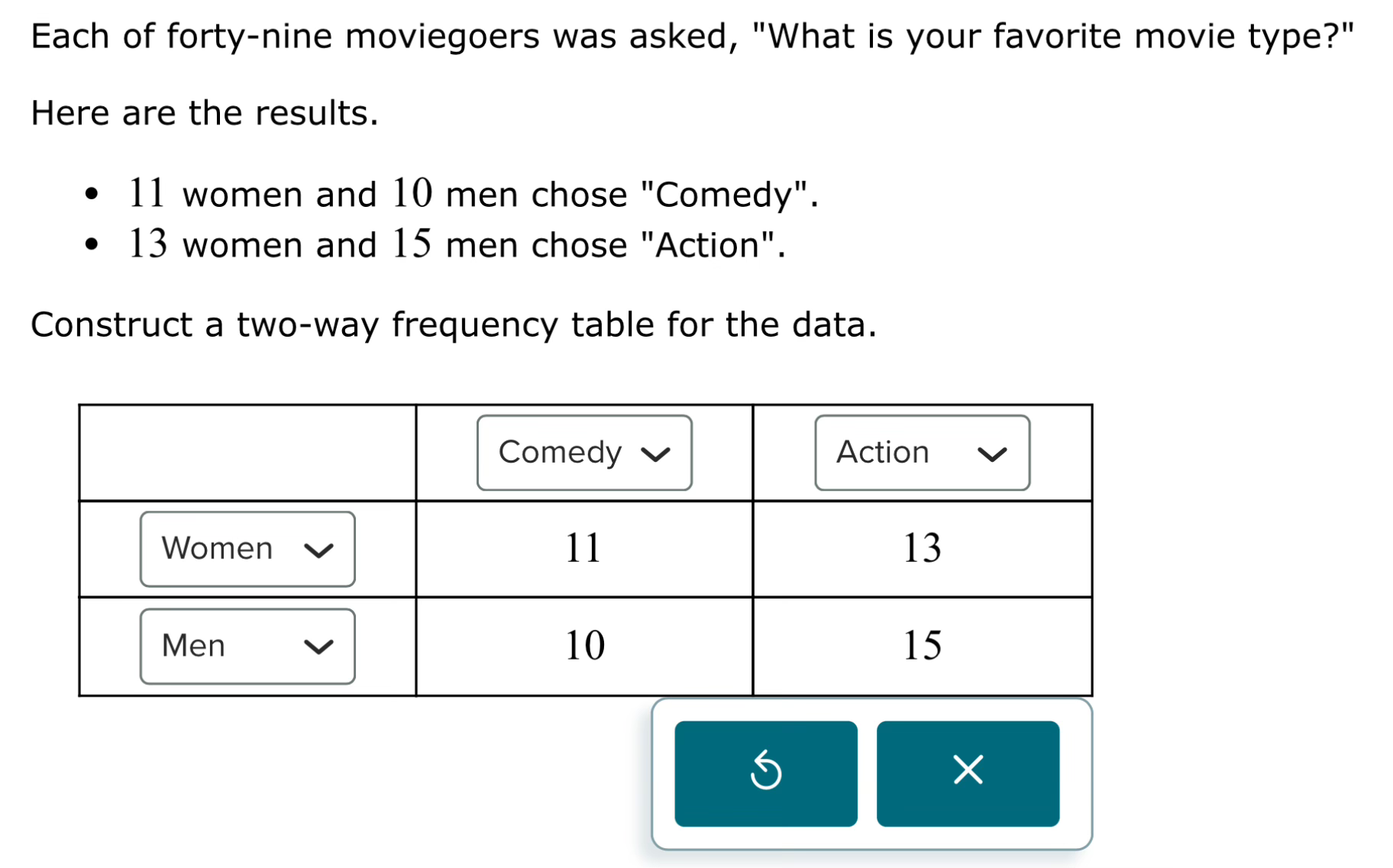 Topic 12: Interpreting a pictograph table
Topic 12: Interpreting a pictograph table
